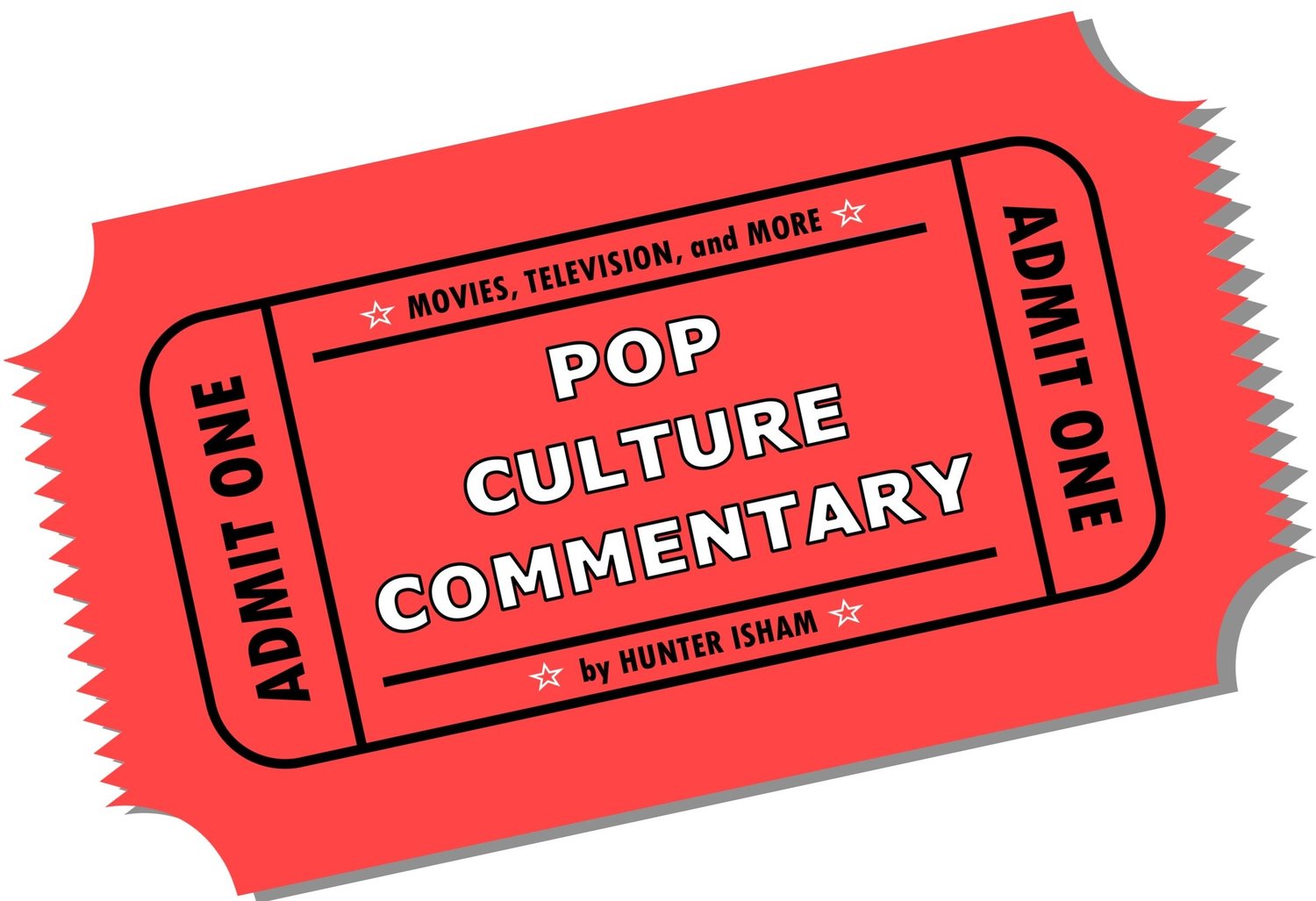Practically Perfect
“Winds in the east, mist coming in. Like somethin’ is brewin’, about to begin. Can’t put me finger on what lies in store, but I fear what’s to happen all happened before.“
So sings Dick Van Dyke in the opening scene of the original Mary Poppins, and though there’s no need to fear it, Mary Poppins Returns is very much of a story of, “what’s to happen all happened before.“ Set in Depression-era London, Mary Poppins returns from the sky to look after the grown and widowed Michael Banks and his three children. What follows is a story that could almost be called Mary Poppins Again, as it follows very similar beats to the original, from confrontations at the bank to adventures in an animated wonderland, and in mostly the same order, too.
For some hoping for a fresh tale, this would all sound like damning criticism, but to me? Well, I just don’t care about any of those repetitions. As I understand it, P.L. Travers’ stories are episodic and somewhat derivative of themselves, and much of this film’s episodes are taken from her books. Also, as only the second film in 54 years, I can’t really complain about having tired of the Poppins formula. Don’t think of Mary Poppins Returns as a narrative evolution, think of it is a stylistic one. Like another British literary icon turned film hero, the one with a licence to kill, the charm in revisiting Mary Poppins isn’t in seeing what happens next as much as it is in how it all happens this time.
Director Rob Marshall has assembled a terrific cast, led by the impeccable Emily Blunt, and with wonderful new music by March Shaiman and Scott Wittman, this film stands on its own despite being wholly indebted to the original. The conflict is mostly the same: the father needs help seeing what’s right in front of him; except this time, Michael (Ben Whishaw) is grieving, and not just too busy working like his father. His melancholy lends this story a welcome bit of gravitas that helps differentiate it from the first film. Nothing in Mary Poppins Returns packs quite the emotional wallop that “Feed the Birds“ does in the original, but Whishaw’s scene alone in his attic, singing to his dead wife, is heartbreaking.
The magic wouldn’t feel truly magical without tangible emotional stakes, and that’s what Michael’s story line does for the film. Marc Shaiman’s score is also key to the film’s strong emotional pull, which is not a negligible feat when the majority of the music in this new film is equally new. We hear strains of the classic songs, but not a single bar is sung of something old, and Shaiman and Wittman’s songs stand up to the Sherman Brothers’ work with comparable whimsy and wit. Take, for example, these lyrics from the animated sequence, which is set in the painted images on a Royal Doulton Bowl:
“In this marvelous, mystical, rather sophistical Royal Doulton Bowl; there’s a lot of birds queuing up, lot of hams chewing up scenery they swallow whole.“
It’s that perfect balance of smart and silly that the original film’s music had as well, and it’s a large part of why the new music feels like a natural extension of the old. Emily Blunt’s performance is similarly on point without mimicking Julie Andrews’ work. Blunt’s Mary is harsher, more in the mold of Travers’ vision of the character, but she has the same warmth we expect, and Blunt gives that tenderness with simple glances and looks. She conveys a boatload of Mary Poppins’ internal logic by barely doing anything at all, and it is perfect in every way (no “practically” about it).
Mary Poppins Returns is the kind of film that checks a lot of boxes for me to walk out with a smile on my face, so I almost feel as though I can’t fairly judge it, but as I said above, I don’t really care. A lot could be said about where this film follows too closely in its forebear’s footsteps, but when Mary Poppins emerges from the clouds to a soaring rendition of her new theme, it feels right. Your mileage may vary, but Mary Poppins Returns felt as fresh to me as it did familiar, and that’s why it works so well. Can you imagine that?
